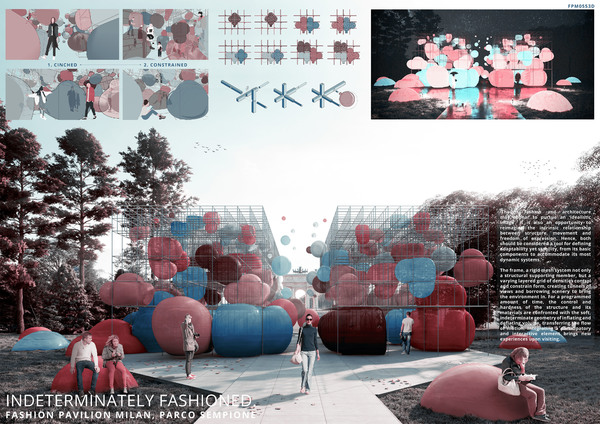Experience & Emergence:
Emergent systems are defined by the ability of a single entity to exhibit behaviour that its individual parts do not have. It is a natural process that is defined through self-organisation across multiple scales.
These characteristics were tested as a Pavilion with linear and amorphous behaviour opposing each other to model a dynamic system that self-organises with external input.
To further this research a question is asked: To what extent can Emergent systems be useful in architecture and how can we apply this to the urban scale?
In response, the Pavilion findings are used to study Top-down and Bottom-up systems as urban hierarchical models for self-organisation and self-improvement. Using an architectural proposition to demonstrate this through Emergence requires a specific urban typology, one that doesn't have a formal planning entity, but is committed to improving the quality of life through community action.
Kibera, one of the largest slums in the world and situated 5km from Nairobi, is a suitable testbed under these conditions.
To achieve Emergence 7 community hubs are installed as a Top-Down process that will enable Bottom-Up improvement. The hubs are towers of connectivty, supporting a dense cellular network that would transform and modernise businesses, hospitals and schools across Kibera.
Each tower is located at a 'central place', an area with the highest density of key facilities. At the base of each tower is a canopy, covered in locally made fabrics which shades and offers a space for commerce and leisure within the community.
Within an urban setting Emergence is achieved as a network. The 7 towers provide a new opportunity for social and economic growth by enabling, supporting and connecting local residents in an area that will benefit the most.


